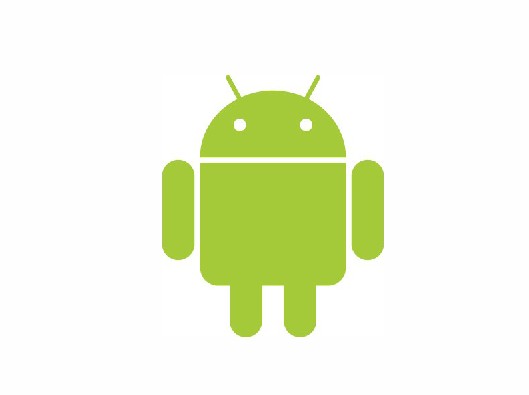This one’s easy: take a shot, send us the image and win a Canon EOS Digital Rebel XS digital SLR camera. Typography and icons are everywhere: they surround us, guide us, help us find the right path every day. As Web designers and graphic artists, we can learn from observing the type and public signage around us. How do designers of those graphics combine type, visual design and pictograms? How do they guide us through our day? More importantly, how do they design their graphics to meaningfully serve their purpose in particular settings?
That’s what we want to find out with this photo contest. We encourage you to go out with your camera, shoot nice typography or public signage, and send the photo (or photos) to us (see details below). And the best part: everyone can participate.
[By the way, did you know we have a free Email Newsletter? Subscribe now and get fresh short tips and tricks in your inbox!]
What Are We Looking For?
We are looking for original, manually shot photographs of typography and public signage. The most obvious elements that come to mind are street signs, building facades, highway markers and road signs, as well as wayfinding graphics (i.e. directional signage) in public venues such as stadiums, malls, museums, cinemas, theaters and cafés. Bus stop signs, underground signs, park signs, metro signage, hospital room signs, conference, hotel and office signs, emergency and exit signs and signs in shops and stores would work, too. Look around, pay attention and have a camera ready. That’s really all you need!

At Amsterdam’s Schiphol Airport, numbers in each terminal’s letter indicate the walking time. Simple yet beautiful. (Image credit.)
It would be nice to see signage in a variety of languages and in globally diverse locations. We’re hoping to find similarities that communicate visually across cultures. Please feel free to submit unusual and humorous signs as well! Check out examples of what we’re looking for to get your creative juices flowing.

“This Is How You Find ↓.” A wayfinding sign in IKEA in Sweden. (Image credit.)
The Prize
The camera below can be yours. One participant in this contest will win this best-selling digital SLR camera, the Canon EOS Digital Rebel XS (EOS 1000D), with a 10.1 megapixel CMOS sensor, high-precision 7-point wide-area autofocus sensor, and an Image Stabilizer-equipped EF-S 18–55mm f/3.5–5.6 IS Lens. The winner will be chosen randomly from among all accepted submissions best accepted submissions (among 30 — 50 best submissions, depending on the number of submissions).
Specifications
- Format: JPG
- All photos should have a width of at least 700 pixels.
- All photos should be of high quality and shouldn’t have any artefacts (e.g. they shouldn’t be blurry).
- The total file size of your submission should not exceed 15 MB.
- Each participant can send at most three photos.
Submission Guidelines
- Please download the starter kit first.
- The starter kit folder contains a plain-text file,
details.txt. Please edit it by adding details about your submission. - Name your photos meaningfully, and don’t use empty spaces or special characters (e.g. shining-airport-signage.jpg instead of DSC0815378.jpg).
- Please add your photo (or photos) to the folder. Do not include any advertisements.
- With your images in the folder, archive the folder as a ZIP file. The file should have a clear name (e.g. shining-airport-signage.zip).
- Please send your submission to contest {at} smashingmagazine {dot} com.
- Please note: submissions will be processed automatically. Please make sure your submission follows the requirements above, otherwise it will not be processed.
Copyright, Labels, Watermarks
Embedding copyright information, a watermark or URL in a photo will spoil it; please avoid adding anything that isn’t a part of the image itself. Participants should own the copyright of any photos they send. You can specify the license under which you want your image(s) to be released using the starter kit. Photos should not be already available elsewhere on the Web.
Deadline and Announcement
Send us your photos by 27 August 2010. The winner will be announced a few days after. We will present all interesting photos here on Smashing Magazine, including the names and URLs of the participants chosen, of course. If we get enough submissions, we will sort and categorize the photos in the article.
Examples
This contest is all about creativity, so get out your camera and start shooting. Good signage doesn’t necessarily have to be “clean.” On the contrary, some beautiful and original examples can be found where nobody bothers to look. Just be curious, and take a closer look around you. You may want to look at these articles for ideas: Vintage and Retro Typography Showcase and Showcase Of Beautiful Vintage and Retro Signage.
Good luck, and get creative, folks!
(al)
© Vitaly Friedman for Smashing Magazine, 2010. | Permalink | Post a comment | Add to del.icio.us | Digg this | Stumble on StumbleUpon! | Tweet it! | Submit to Reddit | Forum Smashing Magazine
Post tags: contest, photography




































































































